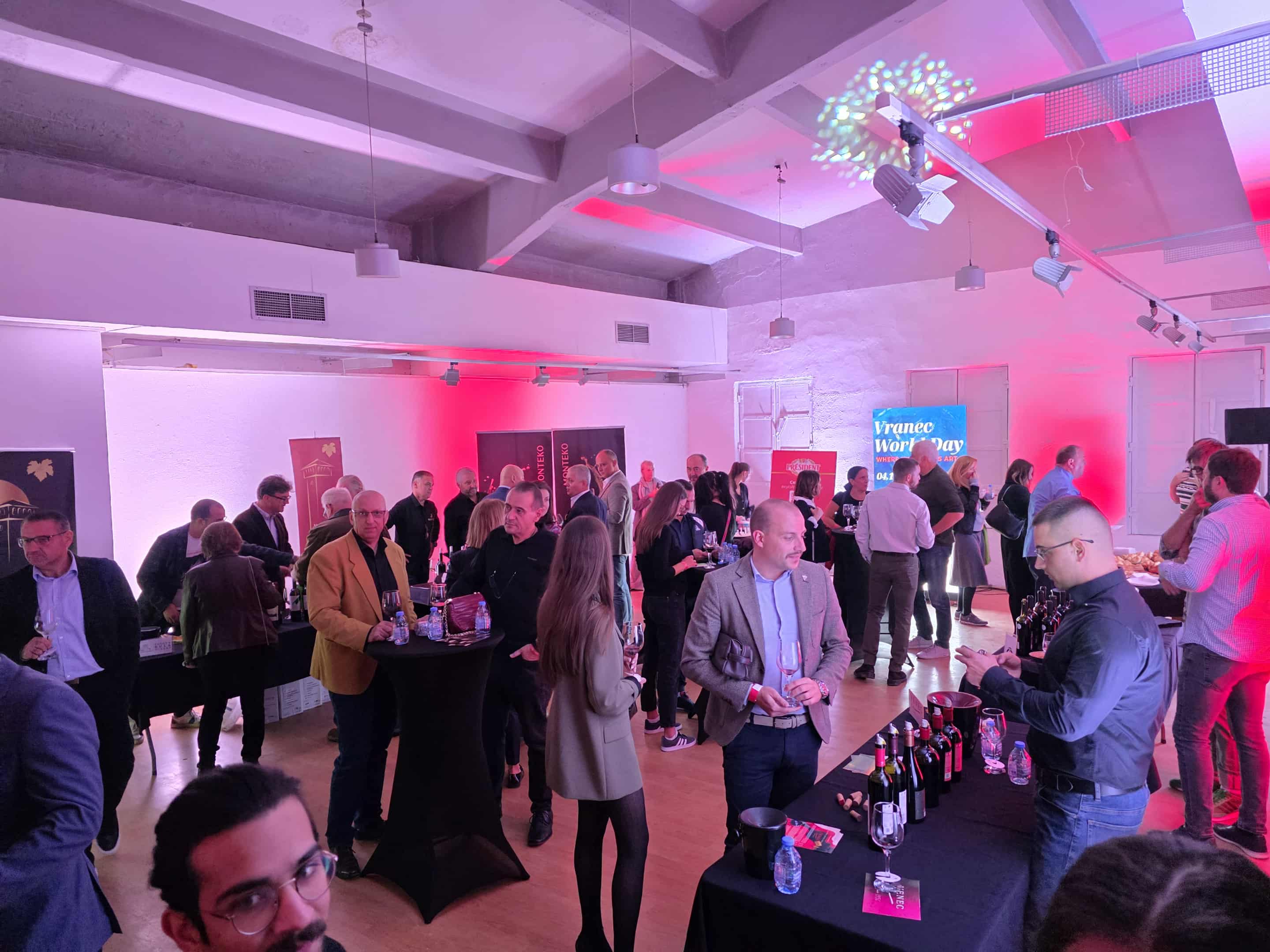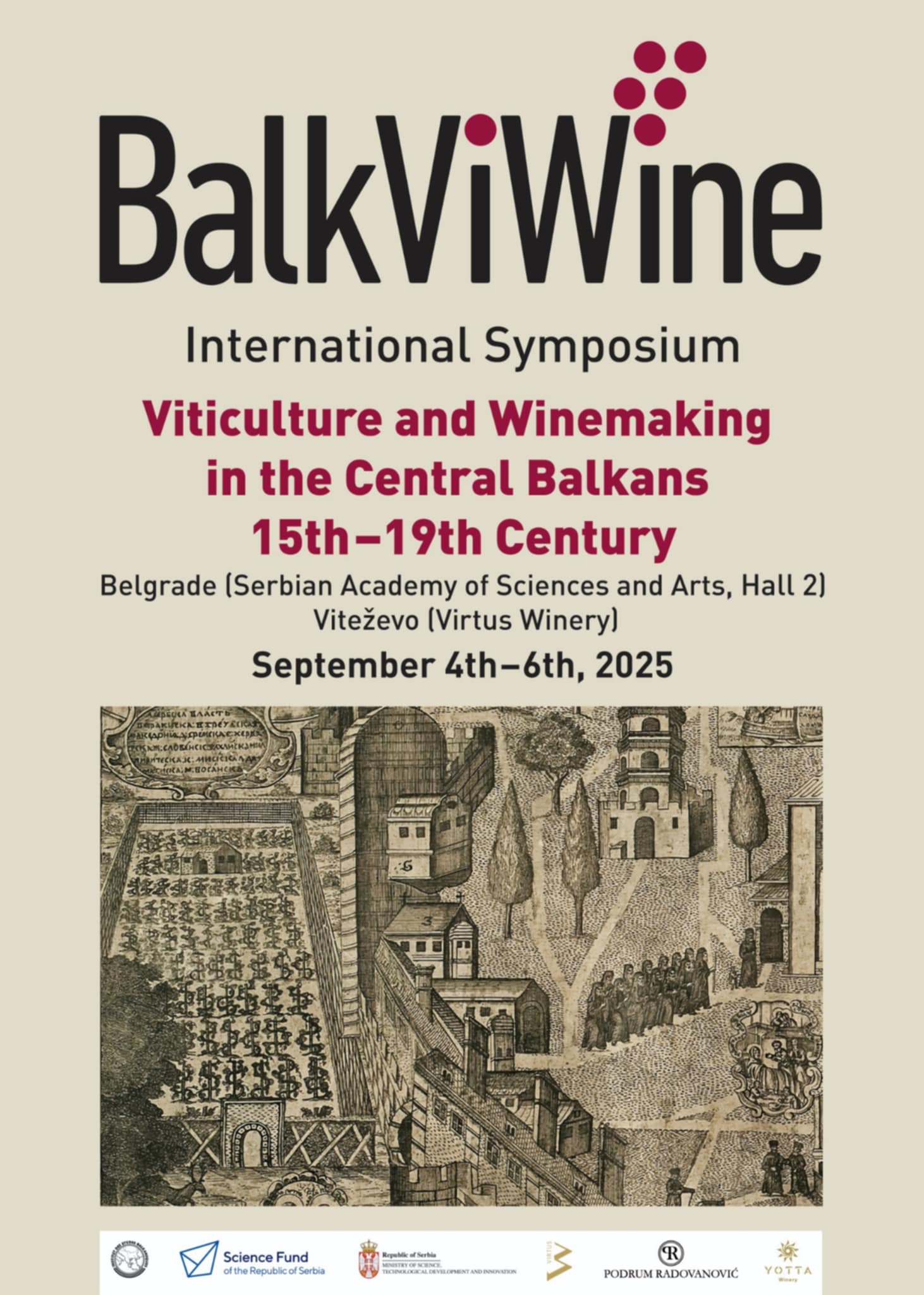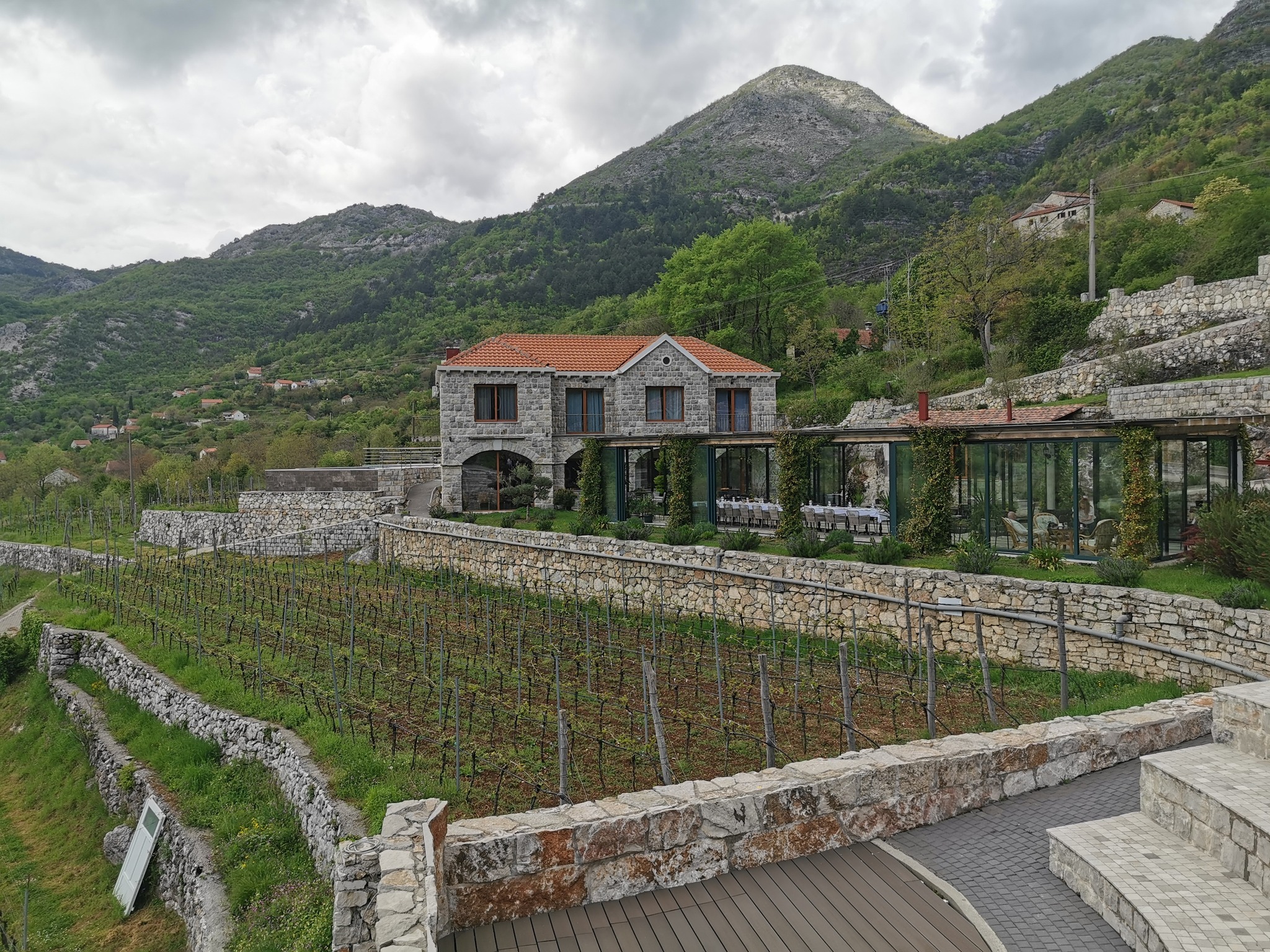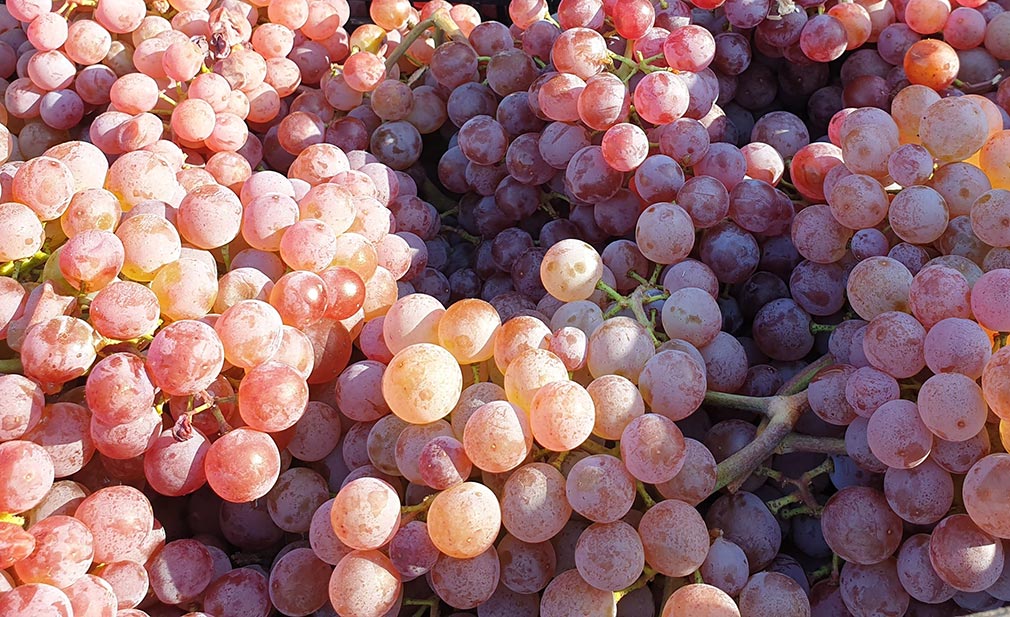News
News / 08/01/2019 / 2226
On February 7th, 2019, the Fruška Gora Winemakers' Association brought together winemakers from Srem region, experts from the Agricultural Advisory Institute and the Ministry of Agriculture as well as scientists from the Pest Management & Environmental Protection Institute. A common task: urgent action aimed at preventing the spread of flavescence dorée in the vineyards of Fruška Gora.
Current situation in North Serbia (Vojvodina)
Milena Petrov from Agricultural Advisory Institute in Novi Sad presented the results of field research and sampling conducted in North Serbia (Vojvodina) during 2017 and 2018. Over the last two years, the Agricultural Advisory Institute has conducted quarantine surveillance on the territory of Vojvodina and inspected almost 2,500 hectares of vineyards and collected 650 samples of grapevine suspected of flavescence dorée. Out of this number, 250 samples were found positive for flavescence dorée. The vine-growing regions with the highest prevalence of positive samples are Srem region, Potisje region and Telečka region. During 2018, further deterioration of the situation at Telečka Plateau was noted. The situation is alarming on the territory of the municipalities of Senta, Ruma and Novi Sad.
A total of 702 ha of vineyards were examined in Srem region in 2018 (total vineyard area in Srem region: 2,798 ha). Out of 149 samples collected that had symptoms of the disease, 69 were found positive for flavescence dorée (close to 50%). It is interesting to note that during the survey, a large abandoned Navip Cooperative vineyard covering 67 ha in size was sampled on the territory of Petrovaradin. The vineyard was expected to show high incidence of flavescence dorée, but of 3 samples taken, none were found positive. In the vineyard, no leafhopper Scaphoideus Titanus, which is a vector of flavescence dorée, was observed, and there were no diseased vines. On the other hand, the situation is alarming among Petrovaradin holiday cottages, which are usually home to a couple of hundred of vines for domestic use planted in the garden around the cottage. All samples taken from such small vineyards were infected.
The area of Sremski Karlovci is also an endangered area. The study was conducted on the plots Matej, Banstol, Becke and Čeret. A total of 74 ha of vineyards (15 plots) were inspected. Out of 8 specimens suspected of flavescence dorée, 5 were found positive.
In Fruška Gora, the most endangered areas are Irig, Maradik and Čortanovci. Endangered areas which require urgent action are Sremski Karlovci, Ruma and Slankamen. It should be noted that in Čerević and Ležimir, only a few positive samples were registered, with exception of vineyards owned by several small producers. This shows that local vinegrowers there (especially those cultivating large vineyards) are adequately implementing preventive measures and keeping the situation under control.
Research has also shown that not all grape varieties are equally susceptible to flavescence dorée. The most sensitive varieties are Slankamenka (Plovdina), Chardonnay and Grašac (Graševina).
Also, the research has shown that the region of Vršac is the only part of North Serbia where the incidence of flavescence dorée and Scaphoideus Titanus has not been recorded so far.
Protective measures
The primary control measures that vinegrowers should apply are:
- Using insectidies to reduce the vector - leafhopper Scaphoideus Titanus
- Uprooting and burning infected vines
- Planting new disease-free vines
- Avoiding planting varieties that are sensitive to flavescence dorée in affected areas
Prevention:
- regularly monitor the situation in the vineyard and mark suspicious grapevines
- regularly monitor the presence of Scaphoideus Titanus leafhopper - yellow sticky traps in the vineyards
- Destruction of suspicious vines
Additional measures:
- destruction of abandoned vineyards in the surrounding area
- weed control
- suppression of wild vine and passiflora vines
Principally, the biggest risk comes from hobby vineyards around weekend homes and cottages, neglected vineyards and wild vines. Therefore, when planting new vineyards in Fruška Gora, it is essential to inspect the surroundings to detect whether there are abandoned vineyards or wild vines.
Knowing flavescence dorée
Bojan Duduk from the Pest Management & Environmental Protection Institute explained that phytoplasma is a microorganism that inhabits plant's phloem tissue and insect vectors. It is important to note that an infected shoot usually means that the whole plant is infected even though it is not visible. Unfortunately, the exact diagnosis and presence of phytoplasma can only be determined in the laboratory. The symptoms of all phytoplasmoses are similar: leaf redness, leaves curl down, thicken and crunch (dry). Since there may be other reasons why grapevine leaves turn red, it is important to recognize the symptoms of phytoplasma - and this is best at the outset because the redness of the leaves is fringed with leaf nerves. For white grape varieties, yellowing of the leaves occurs. Other symptoms that occur are failed shoot maturation, drying of blossoms, drying and darkening of bunch stem and berries, bitter flavour of berries.

The leafhopper Scaphoideus Titanus arrived in Europe from the USA with a shipment of rootstocks and its presence was first registered in France. In the 1980s, this insect was first recorded in the territory of former Yugoslavia, i.e. in Slovenia.
Flavescence dorée spreads owing to insect vector and infected planting material. It does not spread by pruning, by wind, water or soil.
Currently, the only possible way to combat flavescence dorée is to control the insect vector! Therefore, insecticide spraying is carried out twice during the month of June. Within one year, the number of diseased grapevines can increase in the vineyard up to 7 times. It should be pointed out that the result of the spraying is visible only in the following year. Fighting flavescence dorée requires joint action as individual attempts are doomed to fail. The goal is to achieve critical mass, to treat sufficient number of vineyards in the area in order to limit the spread of insects and their move from one vineyard to another.
Flavescence dorée in Serbia
The disease was first registered in Serbia in 2000 in Župa. Already in 2002-2003, the situation in Župa became worse than in Fruška Gora nowadays. A radical disease control action was carried out in cooperation with the Ministry of Agriculture, the Municipality of Aleksandrovac and local winemakers, which produced excellent results, so today the situation in Župa is far better and represents a shining example of the successful fight against flavescence dorée. The Ministry and the Municipality of Aleksandrovac provided subsidies for uprooting of abandoned vineyards without a known owner. The winemakers implemented prescribed spraying measures, and a ban on planting new vineyards was in effect for a period of time. On the other hand, we can take the region of Niš and Svrljig as a bad example. Poor organization of local winemakers, poor economic situation, vineyards planted with Plovdina, local politicism all contributed to failed attempts to fight flavescence dorée.
At about the same time (2007), flavescence dorée appeared in Fruška Gora and Negotin. More than ten years later, the threat of this disease has only now been taken seriously in Fruška Gora, so Fruška Gora Winemakers' Association is taking steps to curb further disease progression. On the other hand, winemakers of Negotin region responded in a timely manner, supported by the fact that there was a significantly higher percentage of new vineyards than abandoned ones in the territory of Negotin, so they were gradually able to keep the situation under control. Nowadays, Negotin has no major problems with flavescence dorée epidemic.
Flavescence dorée epidemic is not good news for winemakers who practice organic production principles because spraying with insecticides is the only way to combat the disease. Therefore, the question is what to do with organic vineyards in infected areas. Experts advise that in case of planting new organic vineyards, one should select regions where the epidemic is under control. It is only when the epidemic in Fruška Gora is brought under control that new organic vineyards should be planted there. Also, winemakers who apply organic production principles on old vines are in better position because old vineyards have proven to be more resistant to disease than young plants. It is also recommended to plant varieties which are more resistant to flavescence dorée.
For existing vineyards, the vineyard should be isolated as much as possible, especially if there are abandoned vineyards, wild vines and similar potential sources of contagion in the immediate vicinity. Flavescence dorée is a quarantine and epidemic disease, and if urgent measures are declared at national level to prevent the spread of disease in a particular region, then there is a legal obligation to spray vineyards with prescribed insecticides. Similar procedures are being implemented in other countries of former Yugoslavia. Emphasis is always on joint action, where everyone should come together to fight expansion of flavescence dorée: the ministry, experts from scientific institutions, local authorities and winemakers.
![Cikada Scaphoideus Titanus (Yerpo [CC BY-SA 3.0 (https://creativecommons.org/licenses/by-sa/3.0)], from Wikimedia Commons](/assets/admin/ckeditor/elfinder/php/../../../files/Scaphoideus_titanus_F.jpg)
(08.02.2019.)

Tomislav Ivanović
Awarded wine writer, wine critic and contributor to selected wine magazines. WSET3-certified author and editor-in-chief of www.vinopedia.rs. Member of Vojvodina Sommelier Association. Juror in national and international wine competitions. Lecturing about wines of Serbia and the Balkans. Local partner of Wine Mosaic organization. Co-founder of International Prokupac Day.

Pročitajte i druge članke iz ove rubrike:


VRANAC NA RASKRSNICI
PROČITAJ VIŠE


BALKVIWINE 2025 BEOGRAD
PROČITAJ VIŠE


KRATOŠIJA PROBUDILA CRNOGORSKE VINARE
PROČITAJ VIŠE


VINOPEDIA TOP 10 2024
PROČITAJ VIŠE


GIUAANI - VINSKI TURIZAM NA GRUZIJSKI NAČIN
PROČITAJ VIŠE
Winner MILLESIMA BLOG AWARD 2016

Pobednik MILLESIMA BLOG AWARD 2016
VINO & FINO wine personality of the year 2016

VINO & FINO vinska ličnost godine 2016